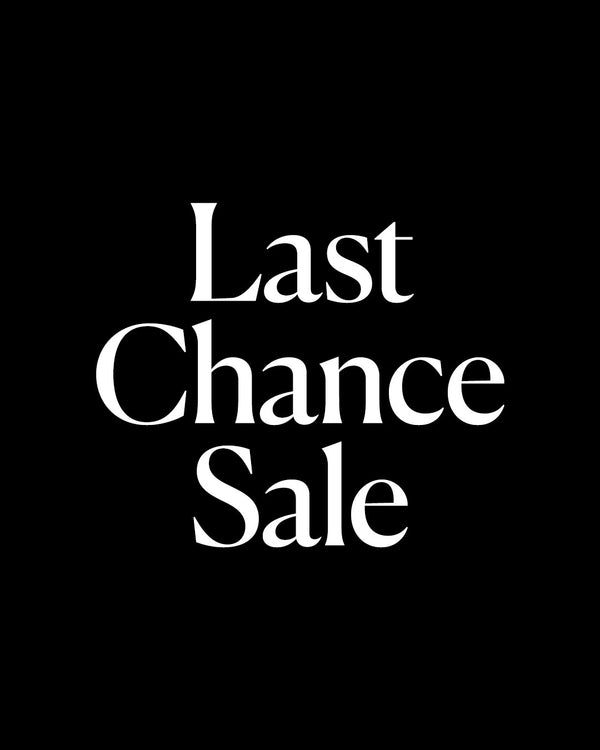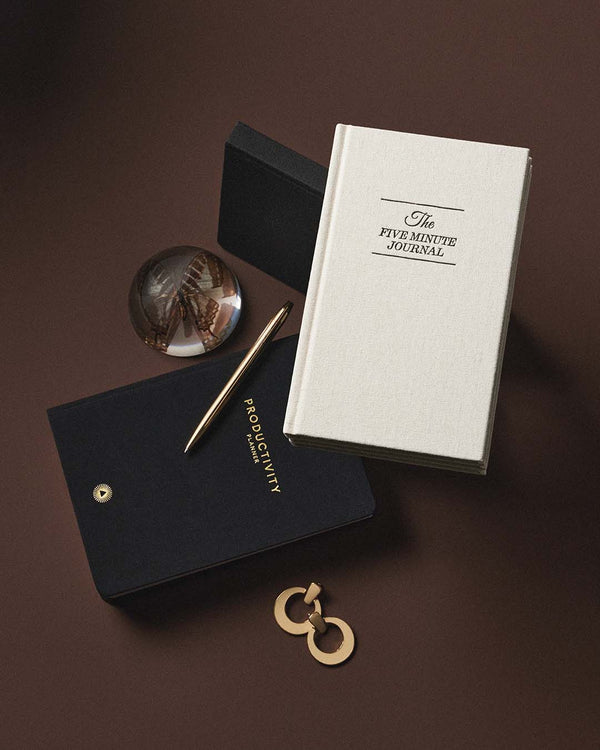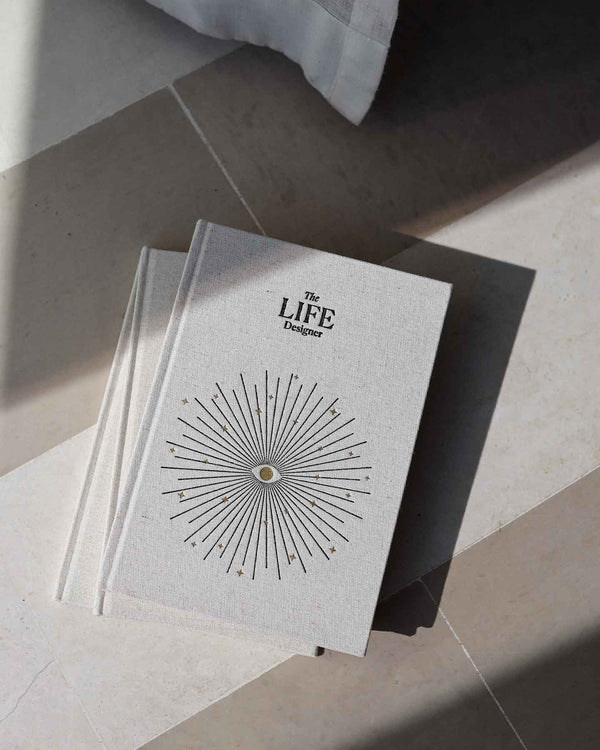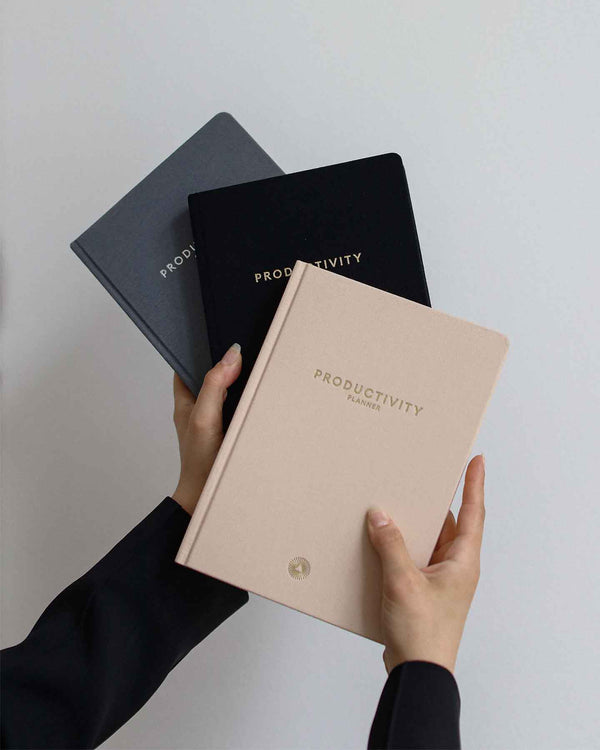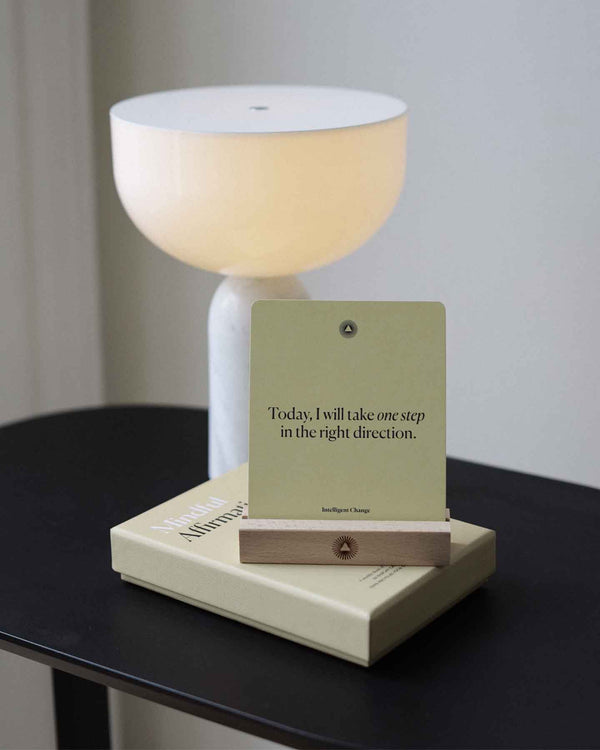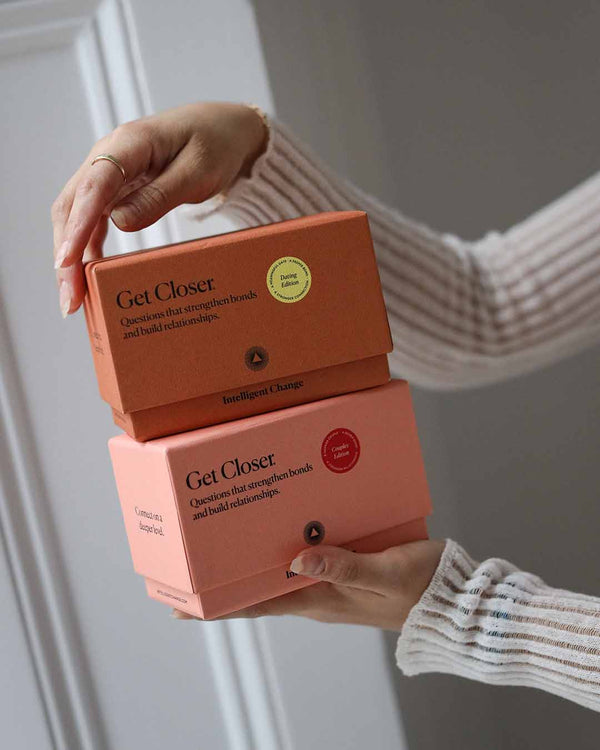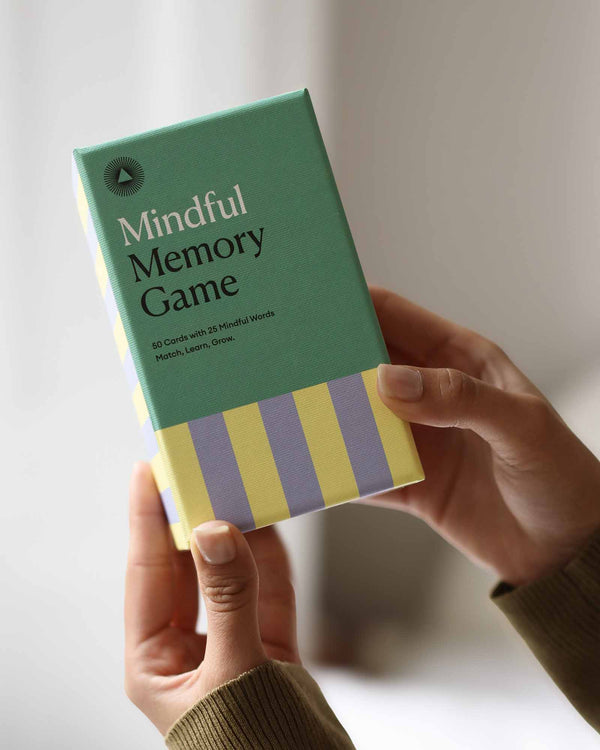Decisions, Decisions… Your Life Depends On All of Them
by Kinga Lewandowska
Did you know that everyone sees a unique rainbow? This beautiful optical effect is specifically tailored to the spectator. Standing ten feet away from your friend, you will see a different version of the colorful arch than they do. That’s why a rainbow is only ever hemispherical, you can never perceive it at an oblique angle or touch its base, and that’s what makes it such a great place to hide the gold, jokes astrophysicist Neil deGrasse Tyson.
The intricate braiding of the colors in our lives acts in a similar manner. Painted with distinctive undertones of your personal experiences, circumstances, and aspirations, your reality remains a subjective perception for those around you. Nobody sees your rainbow like you do, no matter how you present it to the world. It’s liberating, you can pick your favorite hues without worrying about external judgment. But how does one choose the right color palette?
Through the prism of a chain reaction
Every lifespan is built on a series of decisions that are either made by us or for us by someone else. Having a choice is a privilege that indeed feels like one when option A is clearly better than option B. But what if the abundance of possibilities and their nuances become overwhelming? Can a blessing turn into a curse?
The uncertainty of whether the right thing to do really is the right thing makes decision-making feel like dancing tango with fear. Eventually, though, the music stops and you have to choose, or else your inaction will do it for you. Have you heard of the donkey paradox? In this philosophical experiment, a donkey is placed midway between a stack of hay and a pail of water. Equally hungry and thirsty the animal is paralyzed by indecision, and eventually dies.
Choosing can be scary, especially since every decision has a cost. By knocking on door number one, you may never step through door number two. The safe-bet banking job with a pension and private healthcare may delay or erase your artistic life which comes with chaos but also full-time job satisfaction. Could you flip a coin and leave it all to chance? Sure, you could. Is it worth relinquishing control over your destiny? Well…
All major life decisions send out ripples into the future. Every pivotal choice is a chain reaction triggered by optionality, the domino effect of everyday preferences. That girl you plucked up the courage to ask on a date one day? She now hugs you every morning before work and alleviates your stress so you can perform your job to the best of your ability and keep making your professional dreams come true.
But then you go to the office and next thing you know, you are skipping lunch and a midday walk with your colleagues to finish a project you left until the last minute. Now your health is paying the price. For a breather, you open social media and, before you know it, doomscrolling saps the energy out of you. Still, you said yes to another work commitment knowing perfectly well you will be working on it well into the night.
We get it, you want to present a stellar work ethic. And when passion is in the driver’s seat, it gets tricky to press pause because you simply love your job. Nevertheless, saying yes to one thing usually means saying no to something else. It’s that intricate blend of rainbow colors again, the braid of feelings, factors, and contexts, the interconnectedness of everything in life.
The heart wants what it wants
The cascading impact of decision-making can be seen in the state of our health and well-being. While the overall cost of a bad haircut is low because your curls will grow out, the cheap thrill of a random chocolate bar consumed regularly breeds graver consequences. So how does one prioritize what’s best for the body and soul and align daily choices accordingly?
In the words of philosopher and mathematician René Descartes, “Divide each difficulty into as many parts as is feasible and necessary to resolve it”. To defuse the tension of decision-making, we suggest a split into mind matters and heart desires. We need both: minds to revise a contract and hearts to tell us if it’s the right workplace. But which one to use when?
Let’s say, you want to buy a house. Your brain will calculate your mortgage affordability, contact the estate agents, and set things in motion. But where do you want to put down roots? Are you truly ready for this kind of commitment? Your heart is the starting point, it will snap the best option into focus before your brain executes the action plan. Your mind tells you how to fan but it’s your heart that gives oxygen to the flames. Follow your heart holding hands with your mind.
In a quandary
We make about 35,000 decisions a day, the fatigue is real. So when you’re on the fence about something, stuck in analysis paralysis, try Marie Forleo’s expansive vs. contracted method. Faced with a choice, ponder: does saying yes to this option make you feel on top of the world or do you have a hunch to walk the other way? What is your visceral reaction? Deep down your intuition knows the answer, you just need to listen to it.
Also, give yourself sufficient time and space. One study revealed that judges are more likely to grant parole early in the day and less likely to do so as the day progresses. This decline in favorable rulings is attributed to―you guessed it―exhaustion from making too many decisions. So walk it off and sleep on it.
To put some distance between yourself and the dilemma, you might also want to imagine your decisions as somebody else’s. It is typically easier to offer advice on a hard choice than to make it yourself. So, what should Kate do in this situation? And when it comes to your well-being and overall health, imagine you are trading bodies with the person you love most in this world. We bet the clarity that flooded your state of being is unmatched now.
Doing the (right) thing
Once you know what to do, keep doing it, especially when it comes to your well-being (a daily commitment, if we ever had one). Otherwise, everything goes south. So, here’s a simple starting point: if something takes two minutes to do, choose to tackle it right away or it will pile up Mount Everest-high, ruin your schedule, and leave little room for healthy habits. Not to mention, the dwindling of your decision-making energy.
Inspired by someone else’s blog post (the ripple effect, yet again), Chris Williamson, podcaster and YouTuber, shared on his socials once:
- Preparing to do the thing isn't doing the thing.
- Scheduling time to do the thing isn't doing the thing.
- Making a to-do list for the thing isn't doing the thing.
- Telling people you're going to do the thing isn't doing the thing.
- Messaging friends who may or may not be doing the thing isn't doing the thing.
- Writing a banger tweet about how you're going to do the thing isn't doing the thing.
- Hating on yourself for not doing the thing isn't doing the thing.
- Hating on other people who have done the thing isn't doing the thing.
- Hating on the obstacles in the way of doing the thing isn't doing the thing.
- Fantasizing about all of the adoration you'll receive once you do the thing isn't doing the thing.
- Reading about how to do the thing isn't doing the thing.
- Reading about how other people did the thing isn't doing the thing.
- Reading this essay isn't doing the thing.
- The only thing that is doing the thing is doing the thing.
“The only thing that is doing the thing is doing the thing”. Go do the thing.
